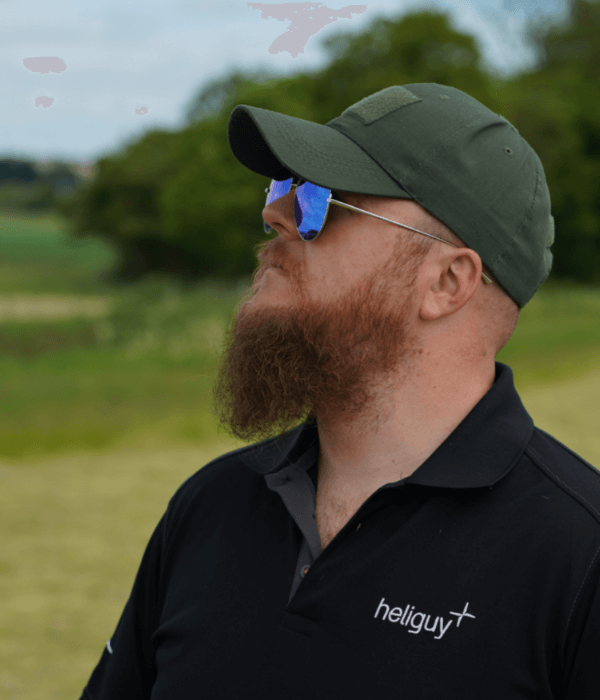
News
Interview with heliguy™ Fixed-Wing Drone Pilot and Training Instructor
Meet heliguy™ instructor Mark Blaney, who has 13 years of experience in the drone industry. A fixed-wing drone specialist and instructor, Mark has deployed UAS in Afghanistan for the British Army, utilised drones for mine clearance in Kosov ... Read More

Meet heliguy™ instructor Mark Blaney, who has 13 years of experience in the drone industry;
A fixed-wing specialist, Mark deployed the H450 in Afghanistan for the British Army, and has worked closely with organisations in Kosovo and Hong Kong;
Mark feels his vast experience can be transferred to enterprise drone programmes and has already delivered heliguy™ training to the likes of Network Rail and UK emergency services;
His comprehensive fixed-wing CV makes him ideal to deliver the heliguy™ fixed-wing course.
Upon the completion of his British Army BARB Test, Mark Blaney selected the role of UAS Operator on the hunch that it sounded interesting.
Little did he know that this decision would be the start of a career in the drone industry which would span more than a decade - and counting; taking him from Helmand to heliguy™.
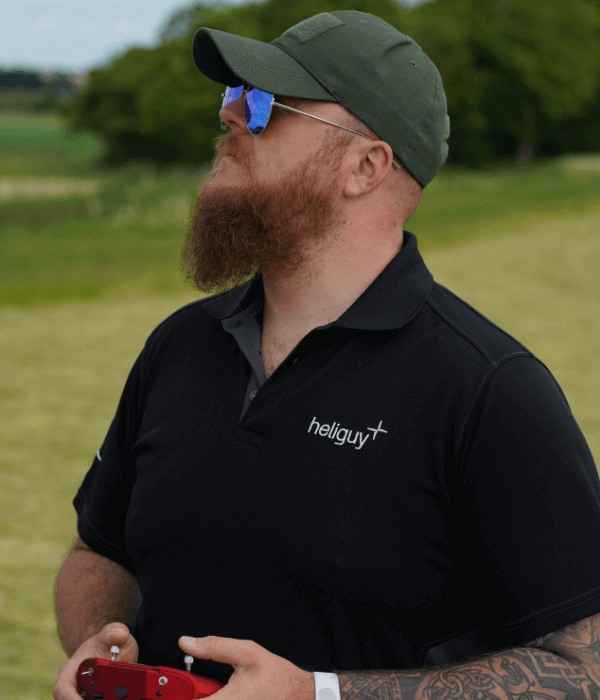
During this time, the fixed-wing specialist has built an impressive and comprehensive CV, which includes the deployment of the Hermes 450 tactical UAV in Afghanistan for the British Army; working with MAT Kosovo to utilise drones for mine clearance; and clocking in excess of 1,500 hours of airtime.
Now a member of the five-strong in-house heliguy™ training team, Mark's expertise is particularly suited to mentoring pilots from enterprise drone programmes - a core element of heliguy™'s training provision. Recent closed-course, industry-specific training he has delivered to Network Rail, National Grid and North Wales Police is a case in point.
And the 33-year-old is also the ideal instructor to take candidates through the heliguy™ fixed-wing drone training course.
We caught up with Mark to discuss his diverse and established career in the drone industry and how he feels this experience can benefit heliguy™ drone training candidates.
Q&A With Drone Pilot, Mark Blaney
Mark, how long have you been in the drone industry?
I have been in the drone industry for 13 years, working with drones since 2008, and specialising in fixed-wing aircraft.
During this time, I have logged more than 1,500 hours across fixed-wing and multi-rotor platforms.
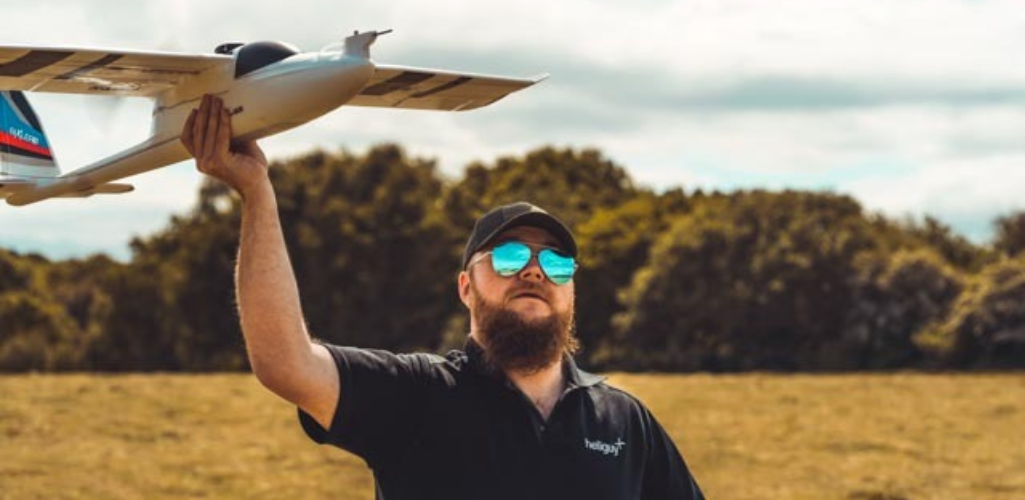
That's impressive. What is your experience in the drone industry?
I am a former UAV operator for the British Army, deploying the Hermes 450 tactical UAV during tours of Afghanistan in 2010 and 2012.
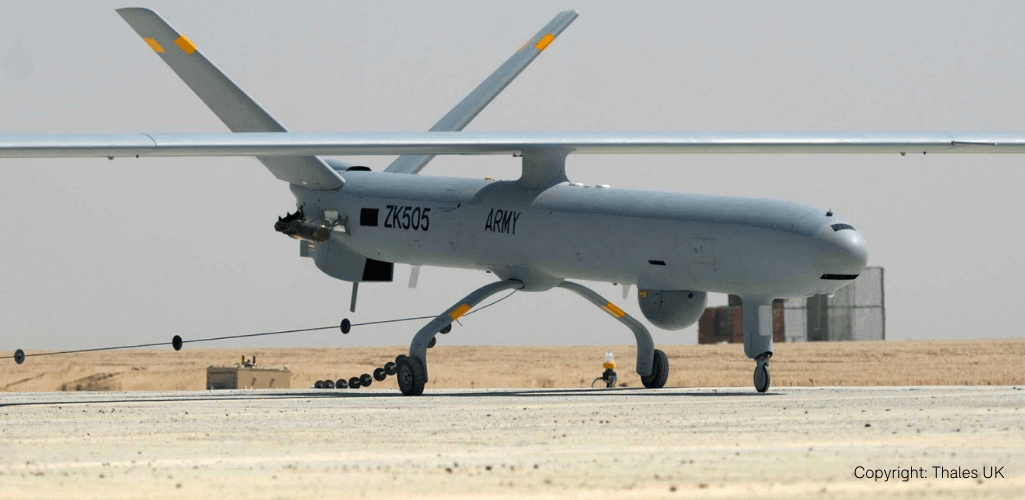
I operated the aircraft for a range of missions, such as surveying routes for IEDs (improvised explosive device); conducting patrol overwatch; and carrying out battle damage assessments.
During my time in the Army, I also held a secondary role as an Imagery Intelligence Analyst, and have also completed the Intelligence Analysis Course.
I left the Army after 7 years to work for a UK-based fixed-wing UAS manufacturer, holding the role of chief remote pilot.
In 2015, I joined an NQE training provider as an RPAS (Remotely-piloted Aircraft System) Instructor, leading courses and conducting Flight Assessments. During this time I deployed to various countries, working with MAT Kosovo to utilise drones for mine clearance, and working with different government departments in Hong Kong.
I joined heliguy™ towards the end of 2020 and hold the role of training instructor.
How do you feel this experience helps heliguy™ training candidates?
You can't put a price on experience and it is a great advantage to be able to draw on this experience to help enrich our candidates' learning and development.
I feel that the skills I have acquired and the lessons I have learnt - especially operating fixed-wing for the Army - are transferable to the commercial and enterprise drone industry.
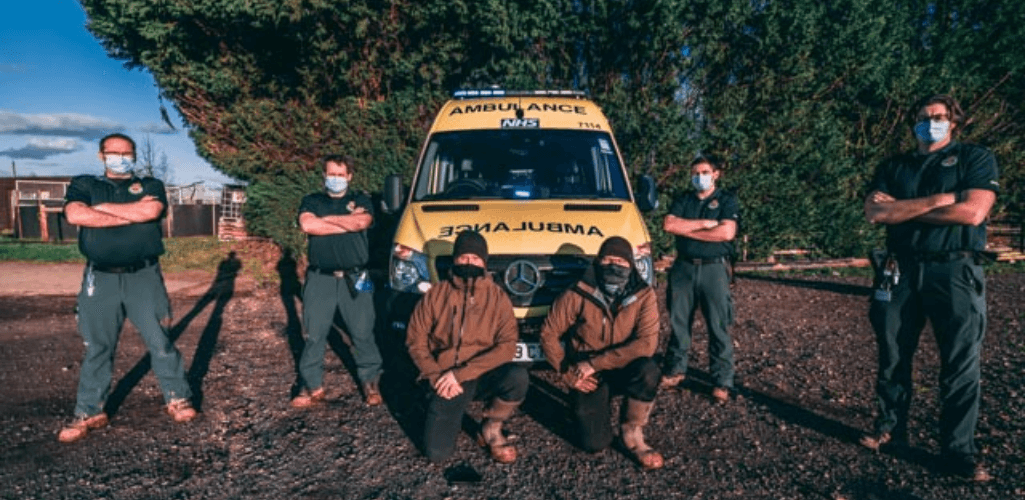
For instance, I deployed the H450 in Afghanistan to provide the Army with surveillance and target acquisition for reconnaissance and overwatching troops for situational awareness.
This experience can be transferred to benefit pilots from public safety drone programmes - for example - as aerial surveillance and situational awareness resonates with the police, search and rescue teams, and fire crews.
I have delivered a range of courses with heliguy™ - mentoring big infrastructure companies like Network Rail and National Grid to teaching numerous UK public safety teams - and the candidates have always found my experience beneficial, especially my military background.
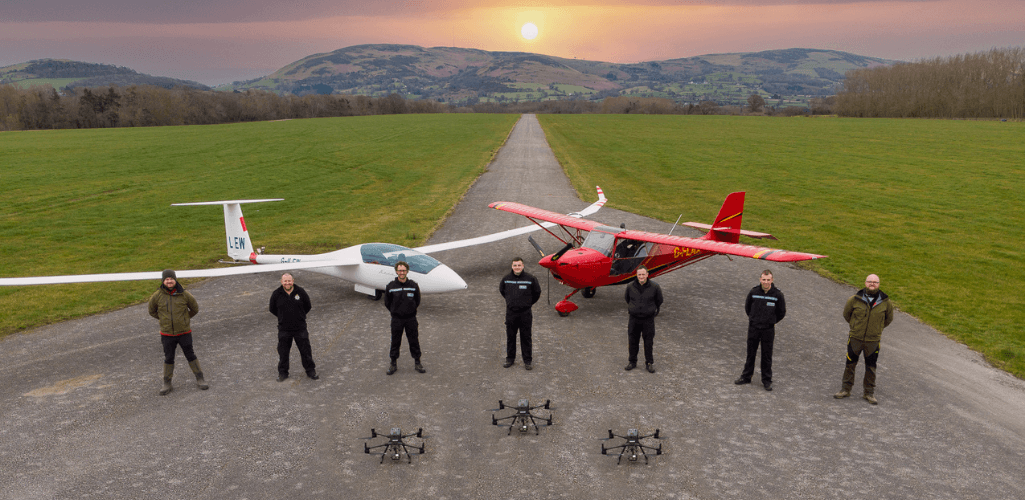
But I am just one part of the heliguy™ training team. Our instructors are all highly experienced and have a variety of skills and experiences which combine to create a great blend: Ben - who is also ex-military and former Royal Military Police, bringing his knowledge of policing to the emergency service application of UAS - and Jack specialise in aerial photography, Tom has experience of building and flying fixed-wing aircraft, and Cal has an impressive CV in the learning and development sector and on-and-offshore energy industry.
Among our list of training courses, heliguy™ has a fixed-wing training module. As a specialist in this area, why do you think fixed-wing drones are becoming so popular?
I feel like certain sectors within the enterprise drone industry are moving towards fixed-wing, and the heliguy™ fixed-wing course will enable drone programmes to develop this capability and apply for an Operational Authorisation to utilise fixed-wing.
Our in-house Operational Safety Case consultancy also helps fixed-wing and multi-rotor pilots apply for complex OSCs to operate beyond standard permissions to maximise the capabilities of their aircraft.
We are finding that the emergency services and surveying professionals are especially interested in fixed-wing aircraft because of their enhanced endurance and operating distance.
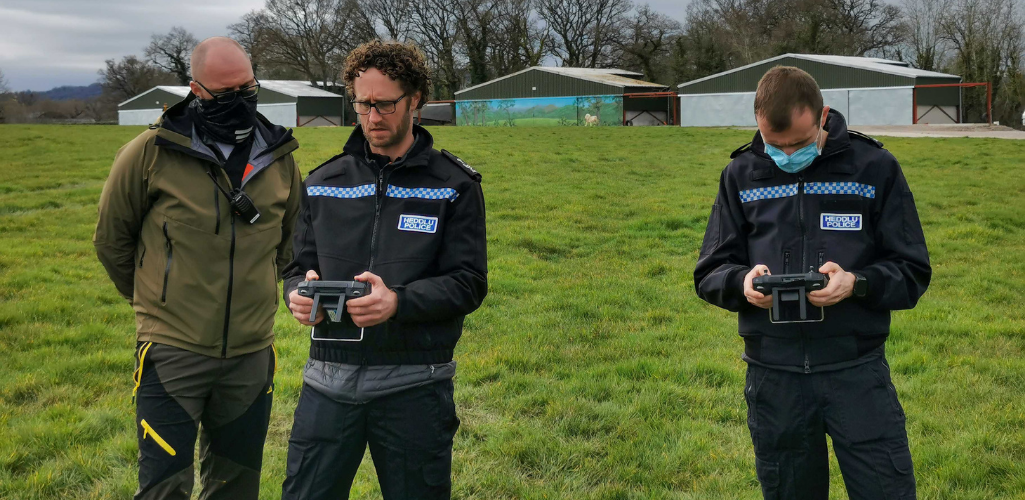
These medium and high-altitude long-endurance aircraft bring huge efficiency and cost-savings, especially when the emergency services are concerned: Deploying a fixed-wing over the NPAS helicopter has so many benefits, combining endurance with less expenditure and reduced downtime.
And from experience, I have seen first-hand how fixed-wing can drive efficiencies for large area surveying: a 7 x 5km survey took 30 flights over 30 days with an AscTec Falcon 8 multirotor, but using a fixed-wing, we were back in the van by 12.30pm on the first day.
You've been in the industry for 13 years. How has the industry changed during this time?
Having started in the Army, drones have always been sophisticated pieces of technology.
But when it comes to the commercial and consumer market, the evolution and the pace of change has been startling: Going from the early DJI Phantoms with a GoPro strapped to them, to having the M300 RTK and H20T. The difference really is night and day and it is mind-blowing.
Finally, what would be your advice for anyone wishing to use drones?
Drones are a great tool for commercial operations - helping to save lives, increase efficiencies, cut costs and collect accurate data.
At the heart of this is the investment in good training, to ensure pilots not only fly legally and safely, but also have the skills, understanding and confidence to get the maximum out of their aircraft to realise the full potential.
Having been in the industry for 13 years, I can confidently say that the heliguy™ training ecosystem provides comprehensive coverage to benefit enterprise drone programmes - from our GVC tuition and fixed wing drone training through to closed course industry-specific training, our streamlined Operations Manual generation and renewal service, and OSC consultancy.
This approach provides a solid foundation to enable drone programmes to start and scale, and this has been endorsed by the organisations we have supported, from multi-national oil and gas majors, through to large infrastructure companies and the UK emergency services.
To start your drone training journey with Heliguy, visit our drone training page, or contact the training team via email or phone.Find out more about fixed-wing drones like the DeltaQuad Pro #Map, #View and #Cargo.
